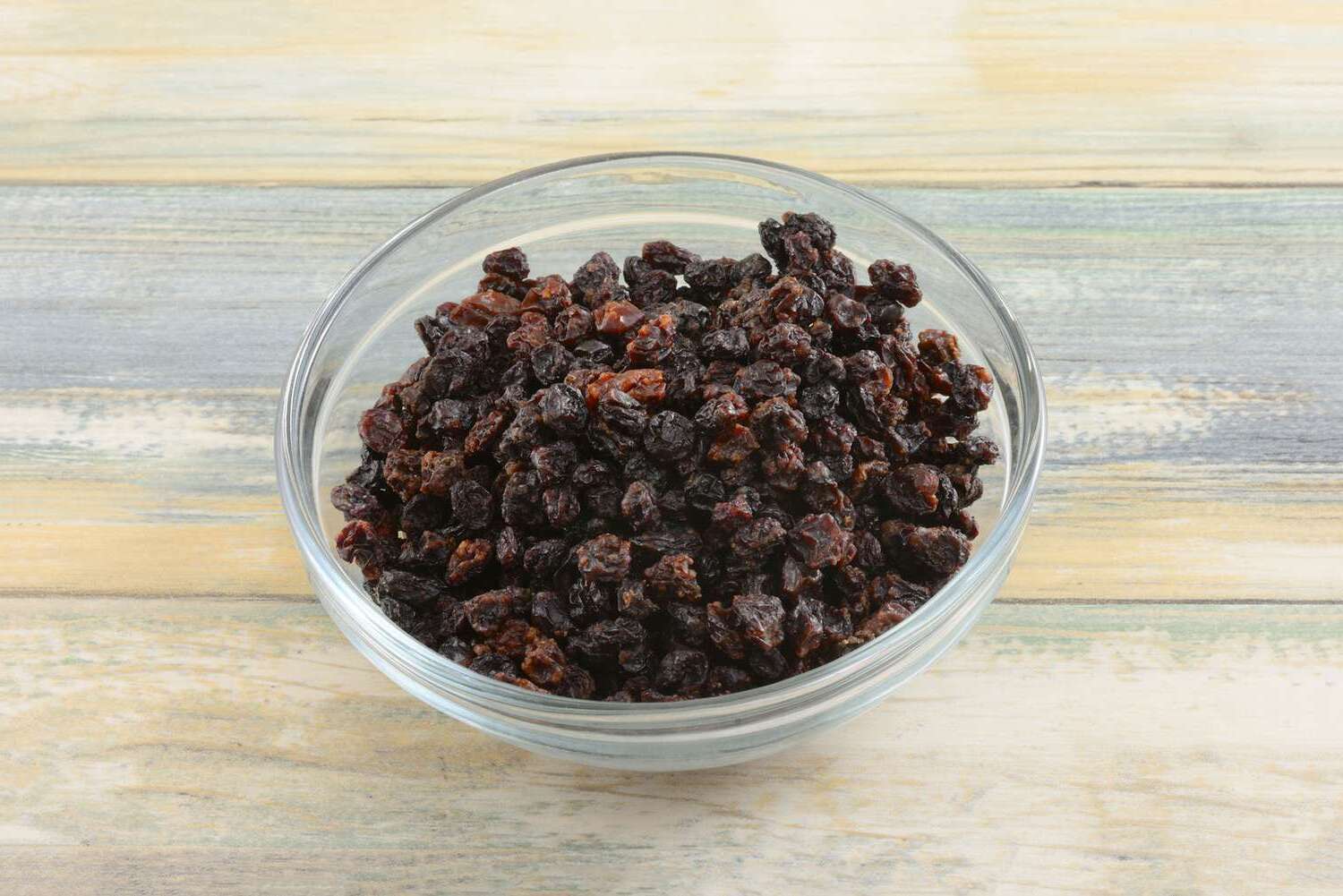
Currants are tiny, tangy berries that pack a punch of flavor and nutrition. Ever wondered what makes these little fruits so special? Currants come in various colors, including red, black, and white, each with its unique taste and benefits. They are often used in jams, jellies, and baked goods, but their uses don't stop there. These berries are rich in vitamins, especially vitamin C, and antioxidants, making them a healthy addition to any diet. Did you know that black currants were once banned in the United States? This was due to a disease they spread to pine trees. Curious to learn more? Let's dive into 20 fascinating facts about currants that will leave you craving these delicious berries!
Key Takeaways:
- Currants are small, tart berries packed with vitamin C, fiber, and antioxidants. They have a rich history and are easy to grow, making them a delicious and nutritious addition to any garden or meal.
- Whether red, black, or white, currants offer a burst of flavor and health benefits. From their historical significance to their easy cultivation, these tiny fruits are a versatile and valuable addition to any diet.
What Are Currants?
Currants are small, tart berries that come in various colors, including red, black, and white. They are often used in cooking, baking, and making jams. Let's dive into some fascinating facts about these tiny fruits.
-
Currants belong to the genus Ribes, which includes about 150 species of flowering plants.
-
Black currants are particularly rich in vitamin C, containing up to four times the amount found in oranges.
-
Red currants are often used in making jellies, syrups, and sauces due to their bright color and tart flavor.
-
White currants are actually a variant of red currants, but they are sweeter and less acidic.
-
Currants are native to the temperate regions of the Northern Hemisphere, including Europe, Asia, and North America.
Nutritional Benefits of Currants
Currants are not just tasty; they are also packed with nutrients. Here are some health benefits you might not know about.
-
Currants are high in antioxidants, which help protect the body from free radicals and reduce the risk of chronic diseases.
-
They are a good source of dietary fiber, aiding in digestion and promoting a healthy gut.
-
Currants contain anthocyanins, which have anti-inflammatory properties and may help reduce the risk of heart disease.
-
The berries are also rich in potassium, which is essential for maintaining healthy blood pressure levels.
-
Currants provide a good amount of iron, which is crucial for the production of red blood cells and preventing anemia.
Historical Significance of Currants
Currants have a rich history and have been used for various purposes over the centuries. Here are some historical tidbits.
-
The name "currant" is derived from the ancient city of Corinth in Greece, where dried small grapes resembling currants were first traded.
-
During World War II, black currants were grown extensively in the UK because they were one of the few fruits rich in vitamin C that could be grown in the British climate.
-
In medieval Europe, currants were used in medicinal remedies to treat ailments like sore throats and fevers.
-
The cultivation of currants was banned in the United States in the early 20th century because they were believed to spread a disease that affected pine trees. The ban has since been lifted in many states.
-
Currants have been used in traditional European dishes for centuries, including the famous British Christmas pudding.
Growing and Harvesting Currants
Growing currants can be a rewarding experience for gardeners. Here are some interesting facts about their cultivation.
-
Currant bushes are relatively easy to grow and can thrive in a variety of soil types, as long as they are well-drained.
-
They prefer a cool climate and can tolerate partial shade, making them suitable for northern regions.
-
Currants are usually harvested in mid-summer when the berries are fully ripe and have developed their full flavor.
-
The bushes can produce fruit for up to 20 years, making them a long-term investment for gardeners.
-
Pruning is essential for maintaining healthy currant bushes and ensuring a good yield. It helps improve air circulation and sunlight penetration, reducing the risk of diseases.
The Final Scoop on Currants
Currants pack a punch in both flavor and nutrition. These tiny berries, often overlooked, are rich in vitamin C, antioxidants, and fiber. They come in various colors, each with its own unique taste and health benefits. Whether you're adding them to your breakfast cereal, baking them into muffins, or simply snacking on them, currants are a versatile and healthy choice.
Don't forget their historical significance, either. Currants have been cultivated for centuries and were even used as a form of currency in ancient times. Their medicinal properties were recognized long before modern science confirmed their benefits.
So next time you're at the grocery store, grab a pack of currants. Your taste buds and your body will thank you. These little berries are more than just a garnish; they're a powerhouse of goodness waiting to be enjoyed.
Frequently Asked Questions
Was this page helpful?
Our commitment to delivering trustworthy and engaging content is at the heart of what we do. Each fact on our site is contributed by real users like you, bringing a wealth of diverse insights and information. To ensure the highest standards of accuracy and reliability, our dedicated editors meticulously review each submission. This process guarantees that the facts we share are not only fascinating but also credible. Trust in our commitment to quality and authenticity as you explore and learn with us.


